Tag: Featured
-
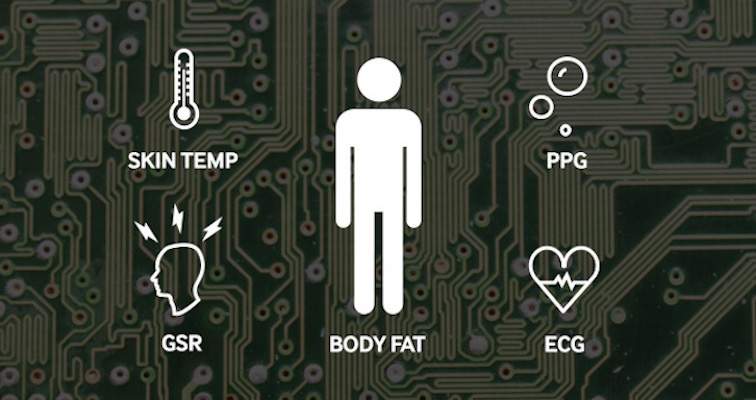
Chip uses ECG to monitor heart, improving wearable accuracy
Samsung’s Bio Processor uses ECG to continuously measure the electric activity of the heart, improving its accuracy. It must be worn on the skin near the heart, and includes built-in flash memory and Bluetooth for connecting to one’s phone. The chip can also monitor PPG, ECG, skin temperature, GSR and body fat. The company describes this as a breakthrough…
-
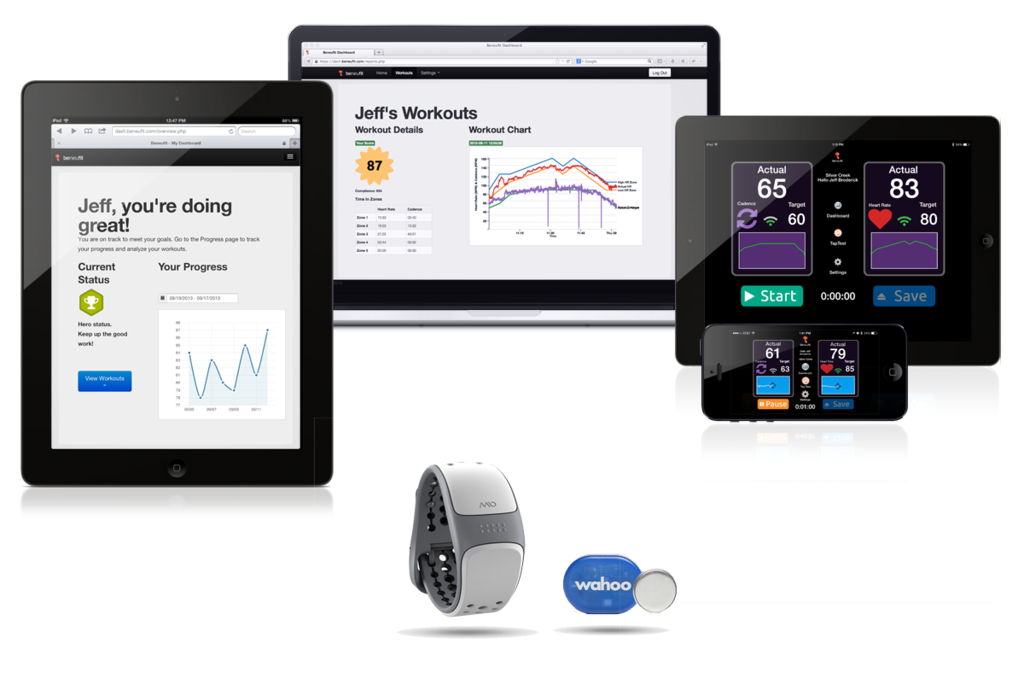
Wearable + exercise app to improve Parkinson’s symptoms
MIO and Beneufit have partnered to develop wearables to target the symptoms of Parkinson’s disease. The pdFIT exercise app was developed to improve manual dexterity and fitness levels in Parkinson’s patients. The wearable continuously monitors progress via sensors on the wrist. The company claims that its Optimal Heart Rate technology cancels noise caused by movement,…
-
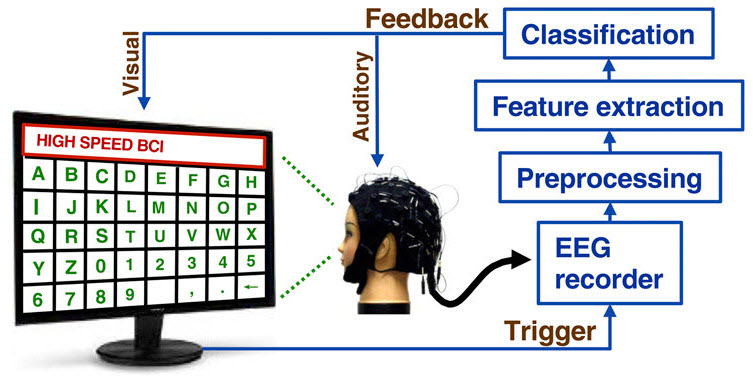
Faster, noninvasive BCI speller system
Tsinghua University researchers have developed a noninvasive brain-computer interface with the fastest information transfer rate to date. The system is based on steady-state visual evoked potentials, where a speller system detects a user’s gaze direction to a target a character. Frequency and phase of stimulation signals were precisely encoded in single-trial SSVEPs. A user-specific decoding algorithm adjusted to…
-
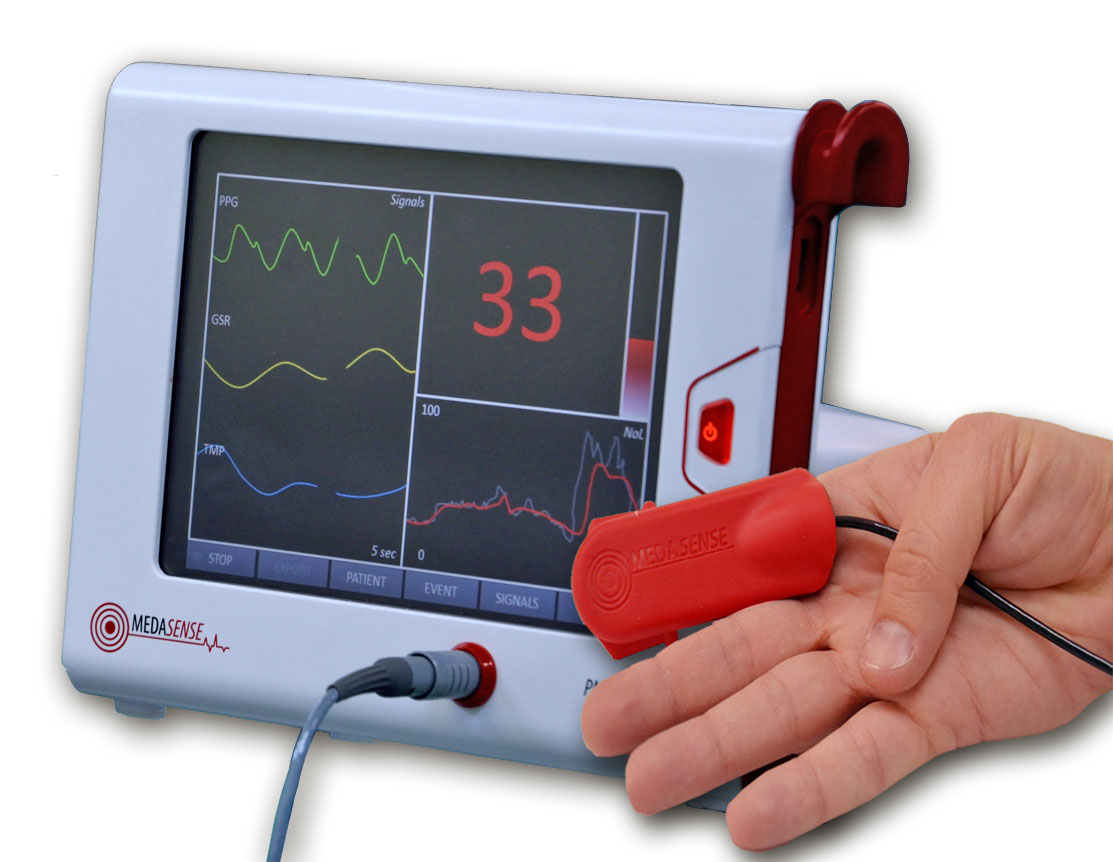
Wearable monitors physiological signs of pain
When we experience pain in a clinical setting, we are asked to rate it on a scale of 1-10, which guides our treatment plan. This method is obviously imprecise, but also irrelevant if a patient cannot communicate or is under anesthesia. Medasense is developing a finger mounted wearable with a sensor that records physiological signs…
-

Wireless monitor tracks contractions, fetal heart rate
TrueLabor is a wireless monitor that measures uterine contractions and fetal heart rate throughout all stages of pregnancy and labor. It’s creator, OB-Tools, claims that it can distinguish between true and false contractions, and is not affected by movement. A uterine monitor measures electrical activity via surface EMG electrodes attached to the abdomen. An algorithm generates a wave…
-
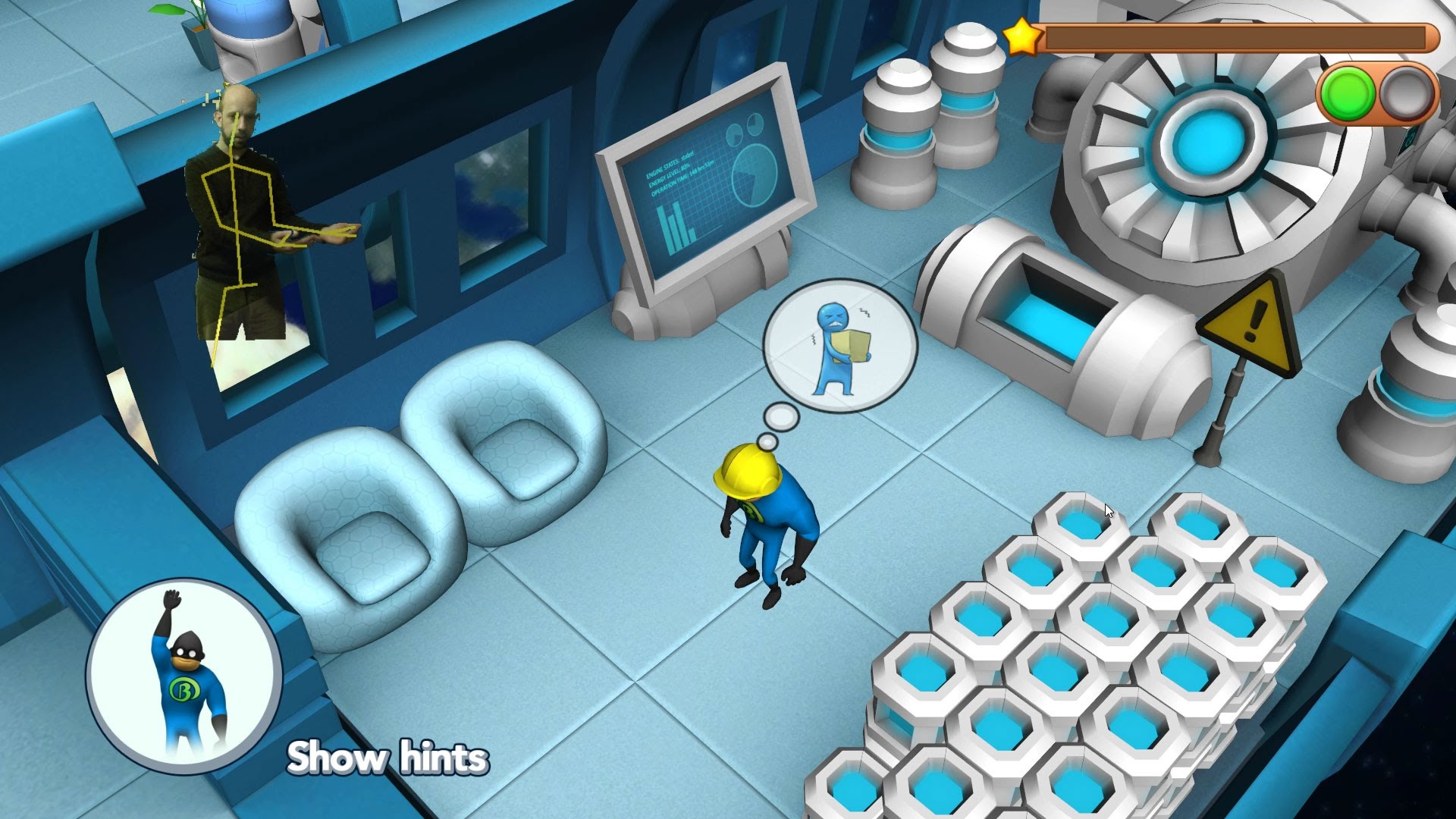
AR + Kinect games assist the hearing, visually impaired
Reflex Arc‘s augmented reality games work with Microsoft Kinect to help children learn sign language and assist the visually impaired with exercise. Boris gestures sign language, and The Nepalese Necklace helps those with no limited sight with mobility training. The games encourage exercise and are designed to help blind children learn about spatial awareness, balance, coordination, and orientation.…
-
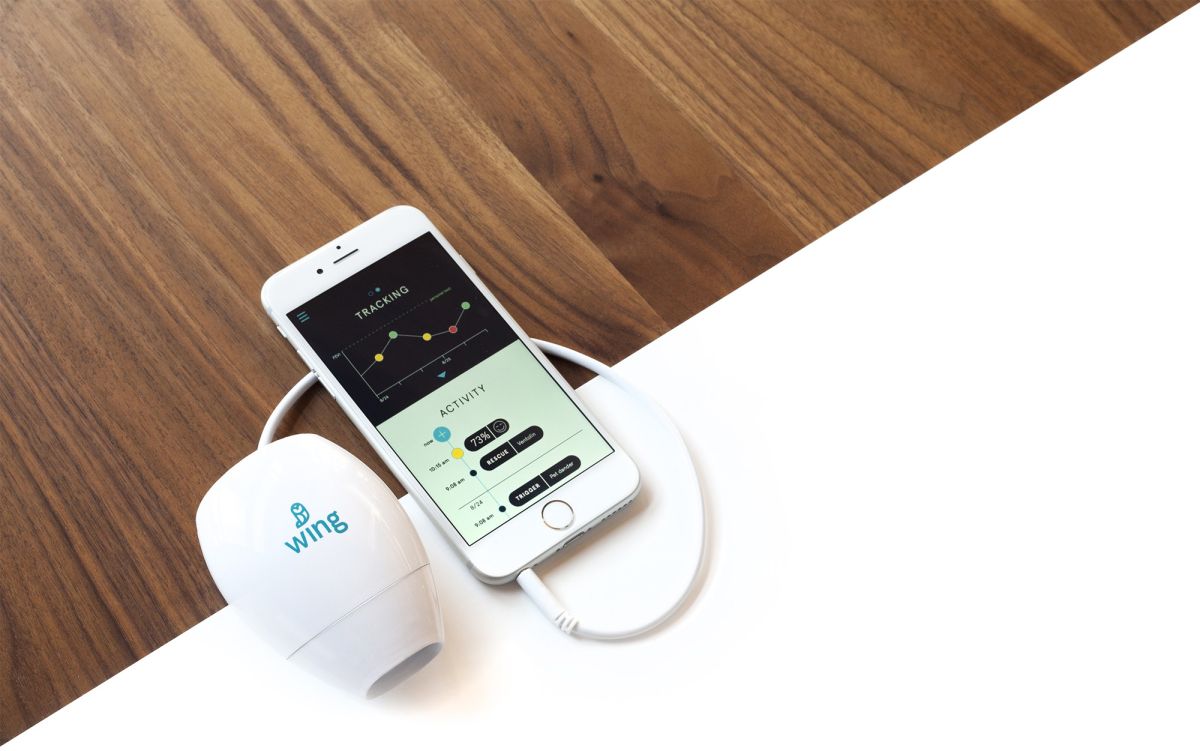
Phone sensor detects asthma attacks, triggers
Wing by Sparo Labs is a crowdfunded smartphone attachment that detects early signs of asthma attacks. Its sensor works with a companion app to measure FEV1 (how much air one can exhale in one second) and Peak Flow (how fast one can exhale). The company claims that data it collects over time by can allow users…
-
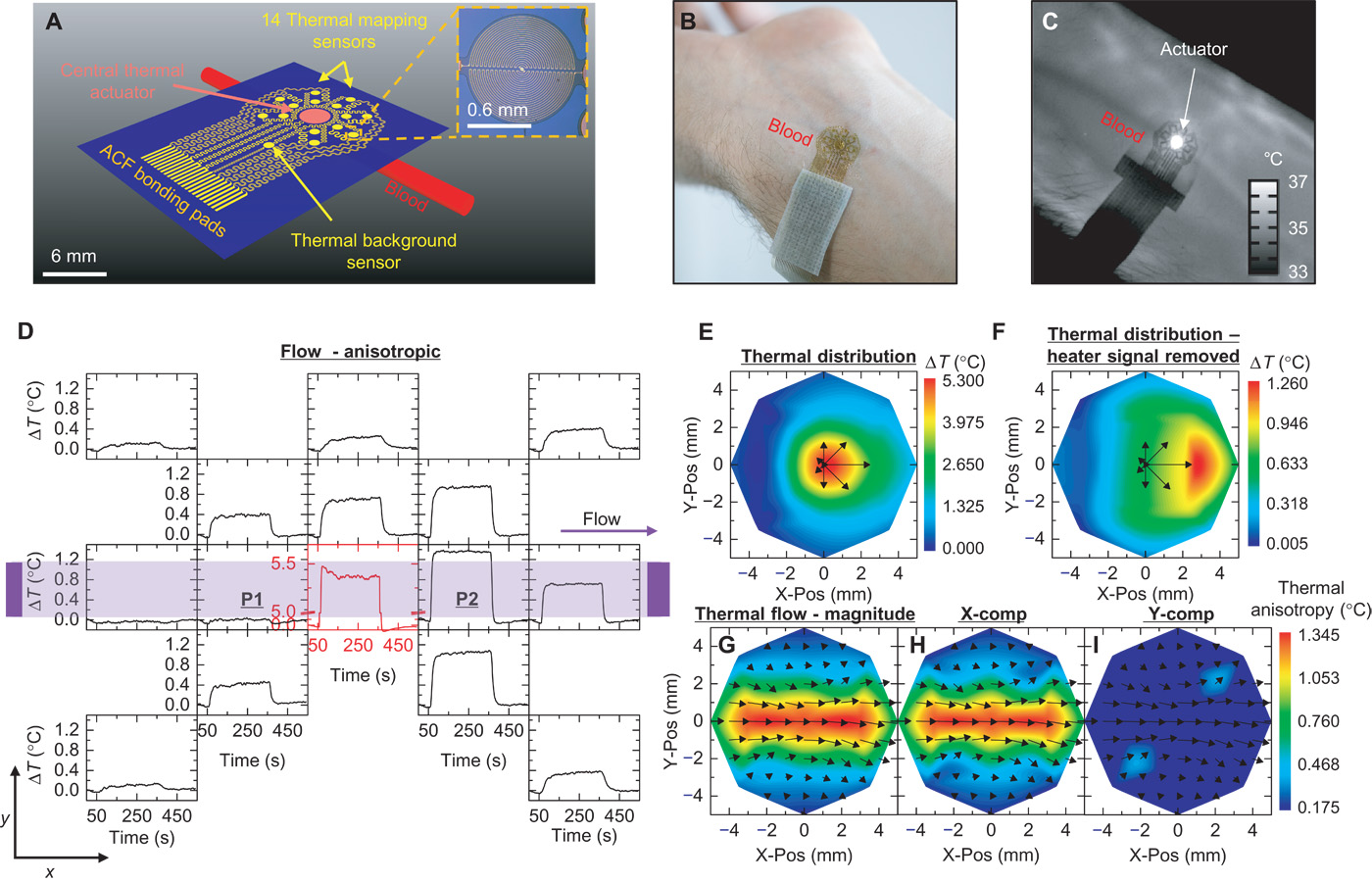
Continuous blood flow measuring wearable
John Rogers, Richard Chad Webb, and colleagues at the University of Illinois have built a flexible (epidermal electronics based) monitor that measures blood flow in the outermost 2 millimeters of skin. Blood flow measuring devices typically use optical imaging, which requires patients to not move. This technology can be used in a wearable that obtains measurements…
-
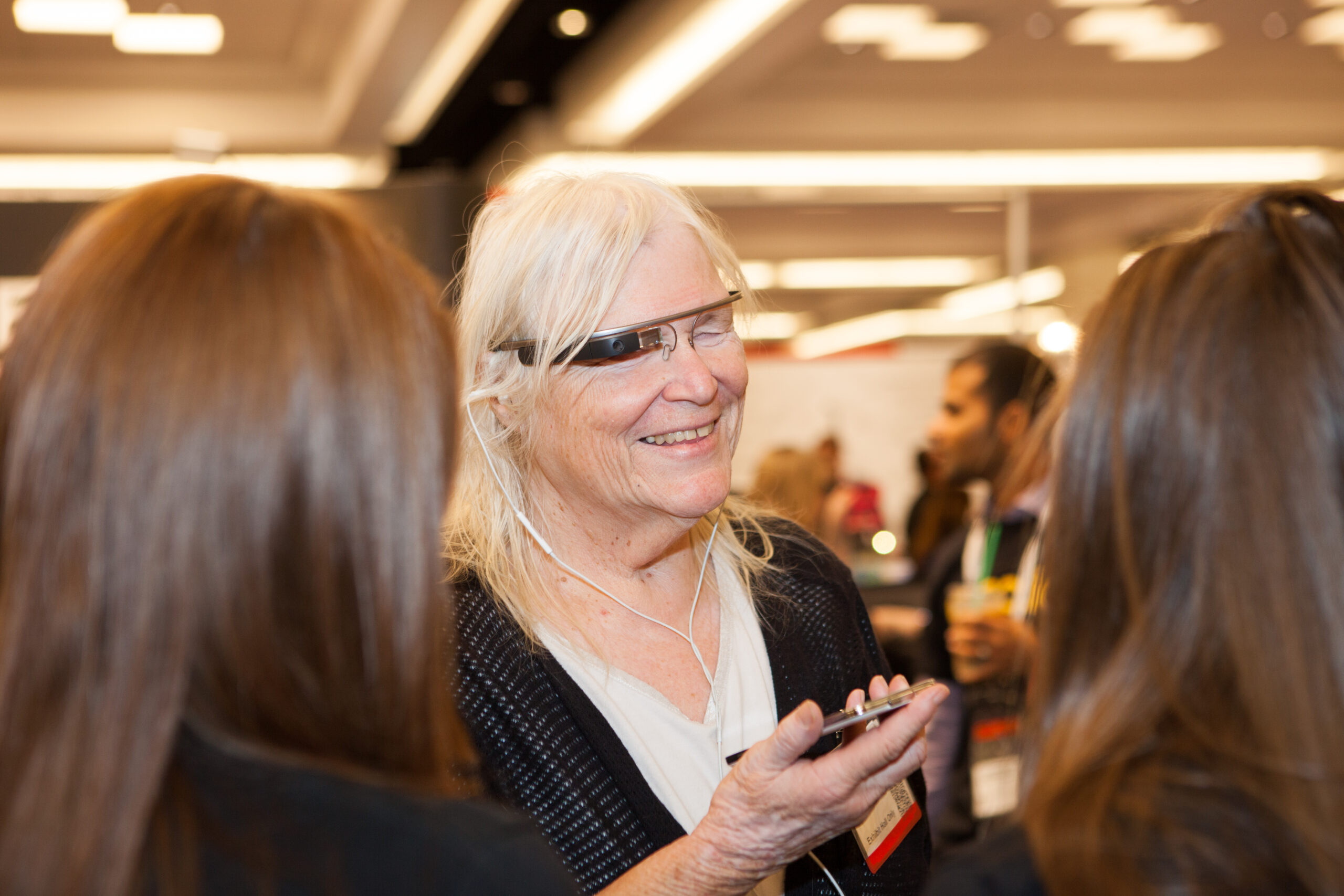
Wearable + navigation service for the visually impaired
Aira.IO combines wearable tech with a remote agent service to guide the visually impaired. Users are connected with agents who interpret the data stream from smart glasses and assist with navigation. The device uses a routing algorithm based on user and agent preferences. The company completed a multi-phase beta trial with 100 blind and low-vision participants in…
-
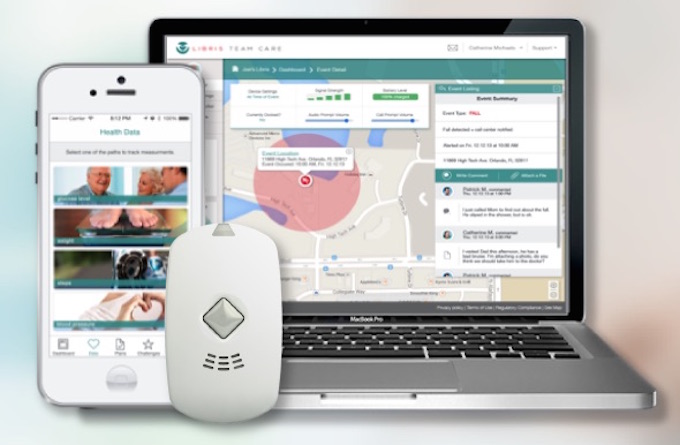
Device analyzes senior behavior, notifies caregivers of anomalies
Numera EverThere monitors senior health and daily activities in real time, and immediately notifies caregivers of of out-of-parameter readings. Senior safety products are typically reactive — the most popular example being a button pushed after a wearer has fallen. EverThere aims to be proactive, monitoring daily activities and movement to determine anomalies which require intervention. The service…
-
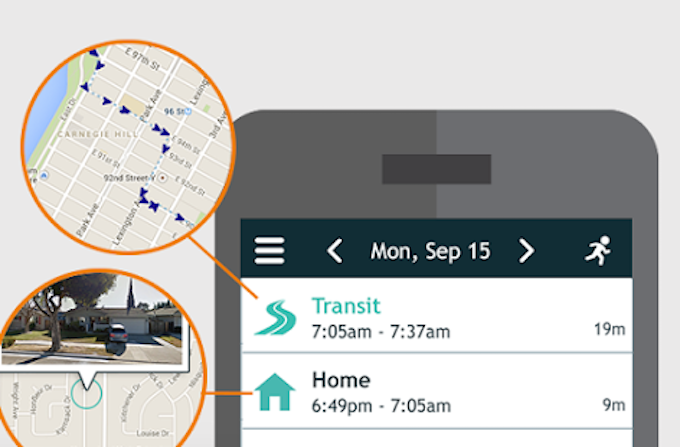
GPS, voice monitoring wearable for special needs kids
AngelSense is a tracking and voice monitoring wearable designed for children with special needs. Parents can: Receive an automatically generated real-time schedule Listen to a child’s activities Receive notifications of every location change Locate a lost child with a 10 second live location update Automatically download photos of the day’s locations Continuous monitoring and real…
-
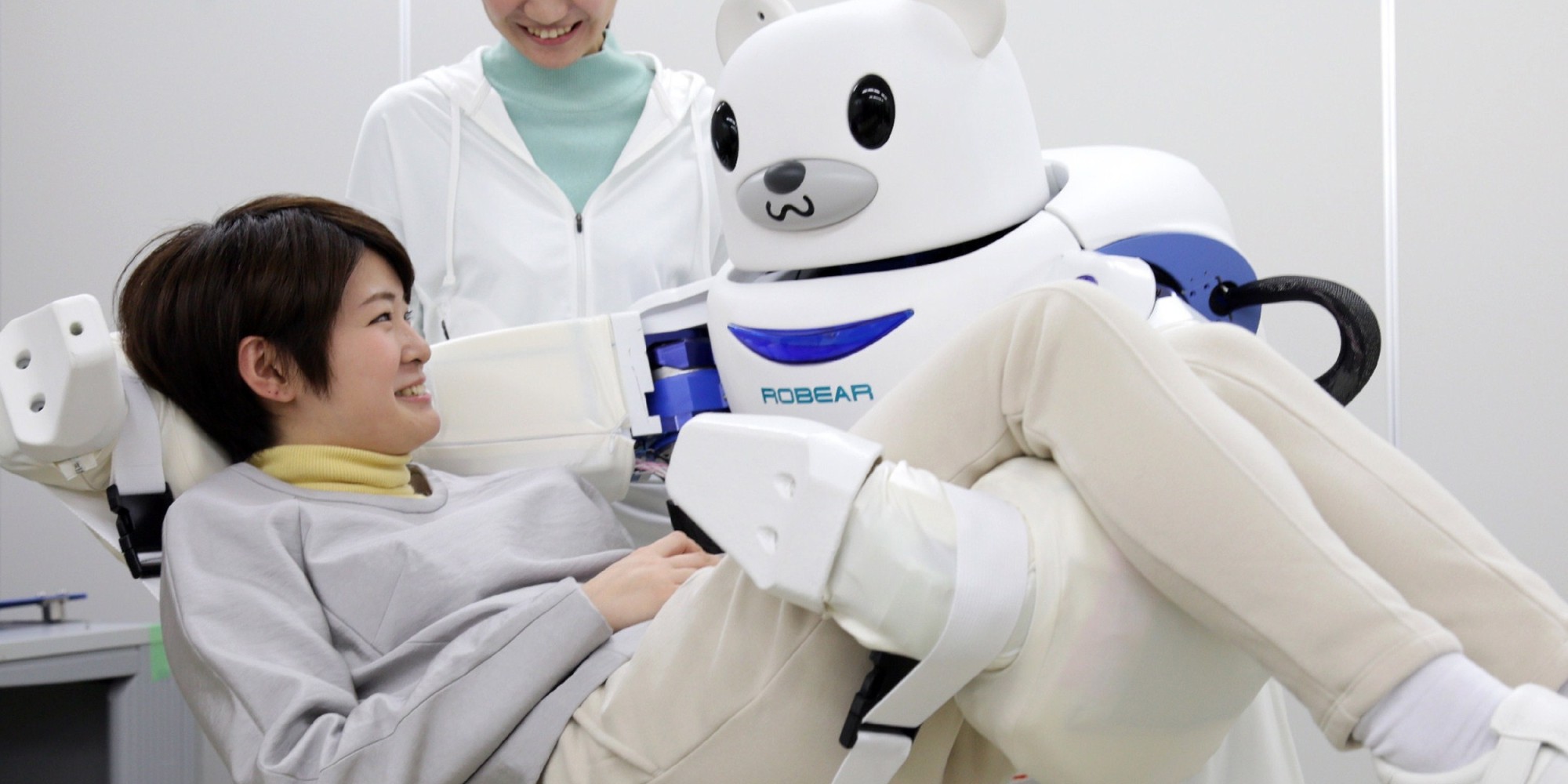
Senior robots perform tasks, respond to emergencies
Robots can help seniors age in place. Following are examples of robots that perform tasks, communicate, and notify loved ones in emergencies. Toyota’s Human Support Robot program’s current robot prototype is compact and highly maneuverable, with a folding arm which can pick up objects off the floor, and bring things down from shelves, among other…